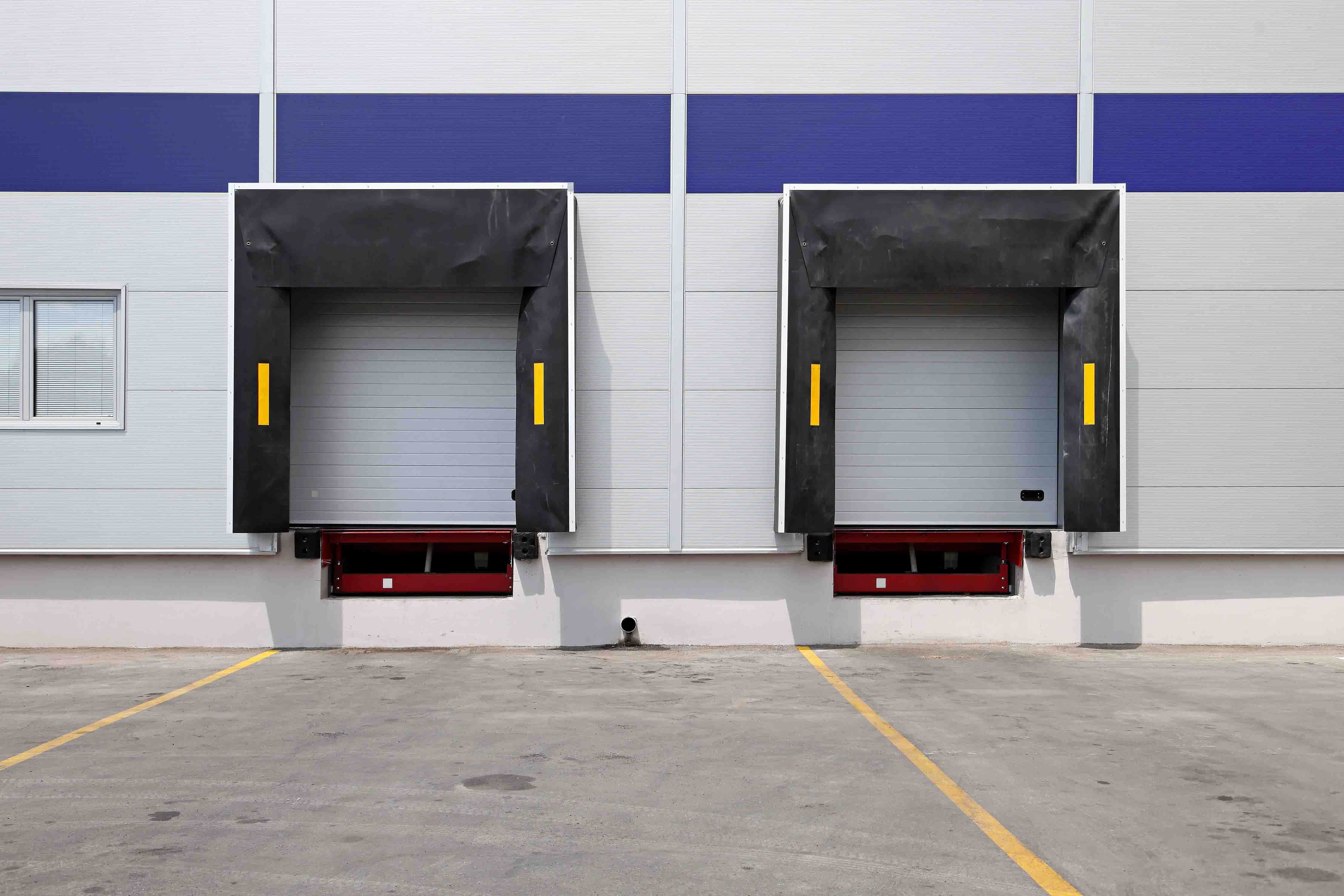

Top 3 Loading Dock Installation Mistake to Avoid
By Grainger Editorial Staff 9/1/17


Avoid These Mistakes for Safer, More Efficient Material Handling
The technology around material handling is constantly improving. Efficiency experts are always coming up with new ways to increase productivity and safety specialists are always finding ways to remove risk from the equation. Over the past couple decades, customer concerns about safety and efficiency have fueled advancements in loading dock design as well. Unfortunately, owners and managers aren’t always on top of the trends, and they end up installing something that doesn’t fit their needs—and subsequently paying a hefty price down the road.
Not Choosing the Right Seals
Most managers keep the inside of their facility at a constant temperature, both for the comfort of their employees and for the sake of their product. Keeping a large facility heated or air conditioned is already tough on the bottom line, so adding improper sealing to the equation—and letting outside air penetrate—can make those energy costs skyrocket. In fact, simply sealing door hinge gaps while loading and unloading can save up to $600 a year.
The American Society of Heating, Refrigerating and Air-Conditioning Engineers has established methods for measuring wind speed, air infiltration and weather patterns. Tools exist that use these methods, compile the information and tell you the energy costs you could be saving.
There are even simpler ways to determine where your problem areas lie. Do a walk around the docks with the doors closed. If you can feel air coming from the dock leveler or the door, consider installing foam pads or hoods. If your facility sees a wide range of truck size, think about inflatable or hydraulic sealing systems.
Choosing the Wrong Door Size
This is a tough one because there’s no one-size-fits-all answer when it comes to the right door size. It’s also an either/or prospect—a smaller door is more efficient energy-wise, but it limits the size of trucks you can accommodate. Conversely, a wider door will allow for bigger trucks, but will also cost you when the power bill comes.
Ten feet is considered a standard door opening height since it balances both concerns. However, every facility comes with its own set of material handling complications, and it’s important to weigh them before landing on a door size. How many trucks do you service a day? What’s the size of trucks you service (keep in mind the max height for commercial trucks is 13’6”)? Are there plans to expand? What size will give you a good seal?
Not Accounting for Safety
Loading docks can be chaotic places, with lots of moving parts and potential hazards. Most plant and operations managers want to keep their employees safe and avoid costly accidents, but many overlook a few important precautions. Here are some measures you can take to ensure your docks are safe:
- Use locking devices and wheel chocks with any vehicle at the dock.
- Add removable rails and dock barricades at all doors to minimize the risk of falls.
- Use padding on all sharp corners.
- Paint the dock with reflective yellow paint.
- Ensure proper lighting.
- Install proper bumper protection—at least 4”.
- Choose the correct dock leveler to even the height difference between the trailer and the dock.
- Add signage to the dock with safety messages. For example, “No climbing or jumping off dock” or “Wheels chocks must be used.”
- Install dock signaling devices.
For more on the specific OSHA requirements for loading docks, see OSHA 29 CFR 1910.176.
By avoiding these common mistakes, you’ll not only be saving money on energy costs, you’ll be protecting your facility and everyone who works there. Remember, small changes today can yield big results in the future.
Sources:
https://www.osha.gov/SLTC/trucking_industry/loading_unloading.html
https://www.grainger.com/content/qt-367-loading-dock-safety
http://www.dlmanufacturing.com/safety/safety-strap/
http://www.dockdoortec.com/equipment/
![]()
The information contained in this article is intended for general information purposes only and is based on information available as of the initial date of publication. No representation is made that the information or references are complete or remain current. This article is not a substitute for review of current applicable government regulations, industry standards, or other standards specific to your business and/or activities and should not be construed as legal advice or opinion. Readers with specific questions should refer to the applicable standards or consult with an attorney.






